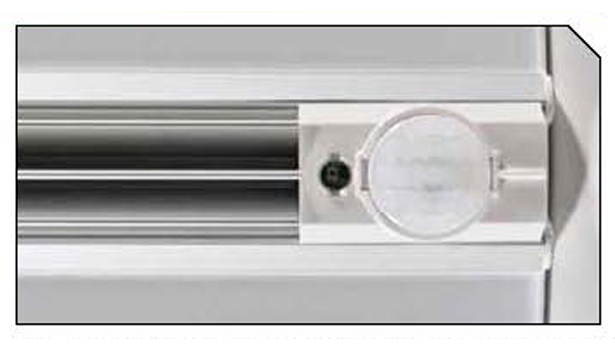Much of the energy usage in a commercial building can be attributed to systems that are operating under the assumption that the building is “occupied.” Generally in an occupied mode, the lights are on, HVAC systems are operating, and we are delivering code-required ventilation, as well as occupied heating and cooling setpoints.
On many sites, occupancy is determined through a schedule that often starts early in the morning (in anticipation of the first occupants’ arrival) and runs until late at night after the last occupants (often a cleaning crew) are gone. We know though that these assumptions about occupancy are flawed. The actual building occupancy hours may be much shorter than how the schedule is set up, and even during these hours, not all spaces are fully occupied at all times. The end result is often that we are conditioning space for many more hours than is required, resulting in significant energy waste.
There are many solutions that can be used to attempt to measure building and zone occupancy. Here are a few.
- Motion sensors.There are a number of motion-sensing technologies including the use of sonic and passive infrared (PIR) sensors. Motion sensors can be used for both control of lighting as well as for HVAC systems (more on this later). Note that many of these sensors can be configured to sense both occupancy (when someone enters a space) and vacancy (when someone is no longer in the space), or both.
- CO2sensors.Sensing CO2levels provides a proxy for the level of building occupancy and is best used as a strategy for demand controlled ventilation.
- Use of security system data.Security systems generally know when the whole building (and in some cases, specific areas) are occupied. Input to these systems includes card access as well as other sensors. This data is often best used as an input for operating systems outside of normal operating hours.
Of these options, motion sensors are the best for control of lighting control systems, while CO2sensors are generally used for ventilation level control. Using integration, it is possible to use the sensors that are part of a lighting control system as an input for the BAS to better operate the HVAC system. In many lighting control systems, there are motion sensors installed in each major zone. These are fairly easy to integrate so that the same inputs used to turn on or off lights can also be used to reduce zone ventilation when an area is unoccupied and to make sure it is fully ventilated when occupied. This is a great solution, especially for areas such as private offices, conference rooms, and classrooms that may have variable occupancy.
At Lightfair last week, we saw a number of new next-generation lighting control solutions. These are systems that incorporate a sensor (generally for daylight and occupancy) into each fixture. Most of the systems connect wirelessly with wall switches to provide a complete, granular lighting control system. Each system is different, but several come integrated with new LED fixtures, many are self-configuring, and some even include temperature sensing at the wall and fixture. We expect to see these systems continue to improve, perhaps to the point where they can be used not just for occupancy sensing but also for people-counting. This development makes integration between lighting and BAS even more valuable with the lighting control system becoming the main way to determine occupancy.




